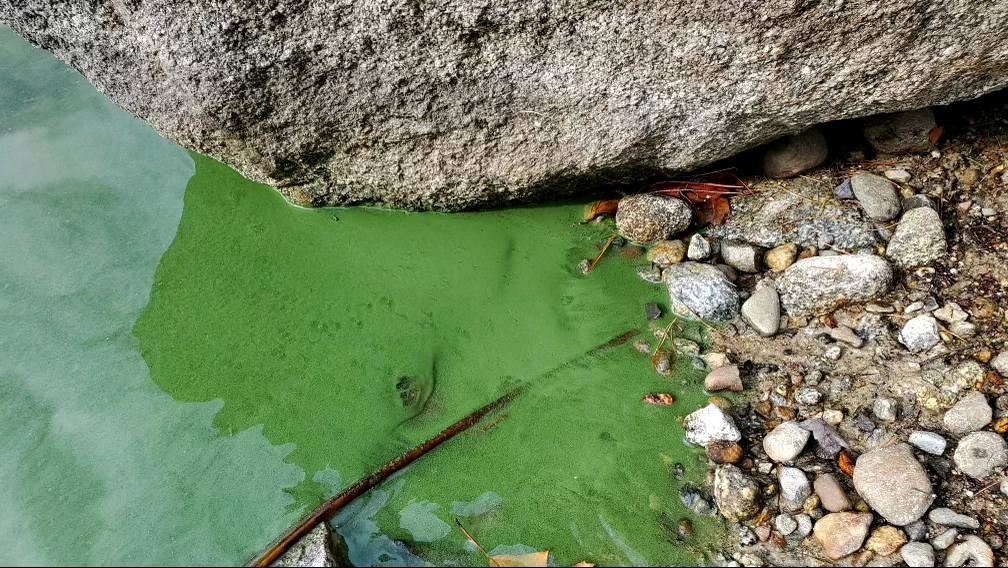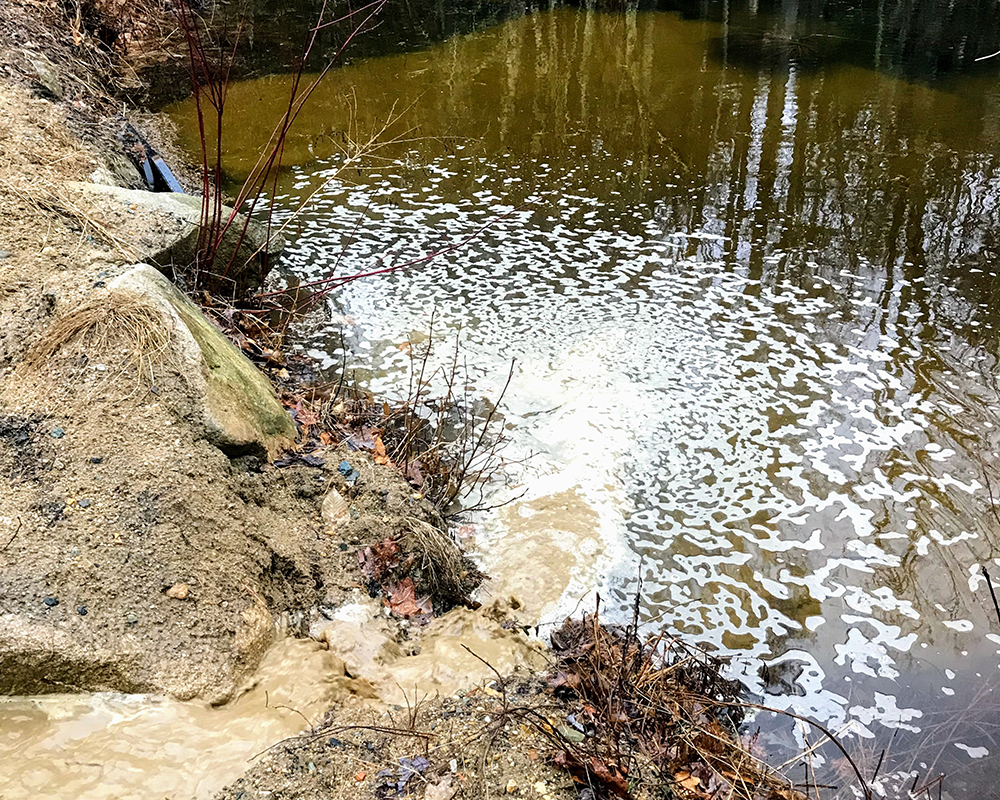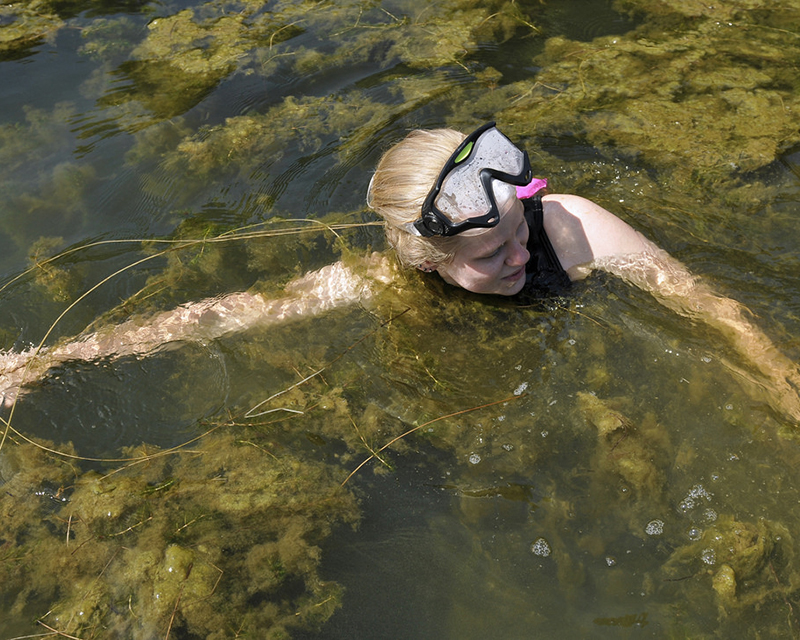Climate Change
Climate Change and New Hampshire's Lakes
New Hampshire is experiencing increased precipitation, but it’s happening in fewer storms. This means that more significant rainstorms occur after dry periods. As a result, the land can’t soak up all the rain at once. This leads to more runoff water and nutrients entering our lakes. This contributes to the growth of native and invasive plants, algae, and toxic cyanobacteria.
Our changing climate is negatively impacting the water quality of our lakes in New Hampshire in many alarming and interconnected ways.
New Hampshire is also getting warmer. ‘Ice-in’ on our lakes occurs later in the fall, and ‘ice-out’ happens earlier in the spring. Research suggests that over the past approximately 100 years, the period of ice cover on New Hampshire’s lakes has decreased by one to two weeks.
A shorter period of ice cover on our lakes means less opportunity to recreate safely on the ice. It also negatively impacts lake health. Less ice on the lake for less time means a longer growing season for plants (including invasive plants), algae, and toxic cyanobacteria.
Warmer winters in New Hampshire are also resulting in more sleet and ice. As a result, more road salt is being used to address safety hazards on roadways, walkways, and parking lots. This means more salt pollution in our waters. Increasing salt levels in our lakes may increase toxins released by cyanobacteria.
Warmer lake water temperatures during the summer can increase how long our lakes’ cooler, denser bottom water is sealed off from the more oxygen-rich water above. The longer the bottom water cannot mix with the water overhead, the more oxygen will be used up by chemical and biological processes during the summer. If all the oxygen gets used up, a chemical reaction may occur that releases nutrients from the bottom sediment into the water. When the lake fully cools down in the fall and the water mixes from top to bottom, these extra nutrients may cause late-season toxic cyanobacteria blooms.
Threats to Water Quality

Cyanobacteria
New Hampshire’s lakes have seen a record number of toxic cyanobacteria blooms for the past three summers. These blooms can produce toxins that make people, pets, and wildlife sick.
Polluted Runoff Water
The water quality of a lake is primarily determined by what flows into it from the surrounding landscape (the watershed).


Invasive Species
Our lakes are home to many plants and animals that are good for the lake. But, some species are harmful to our lakes.

 by NH Rocks
by NH Rocks